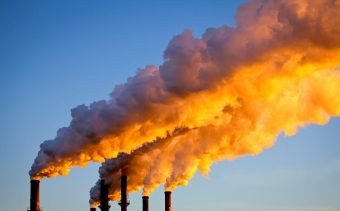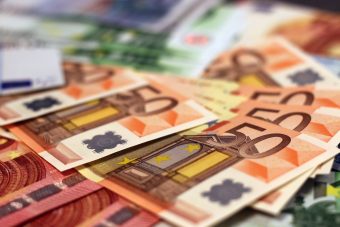
Air pollution is one of the most dangerous types of pollution for the health of people and other living beings. An analysis conducted by the European Environment Agency (EEA) showed that the pollution coming from Europe’s largest industrial plants generates an average cost of between 268 and 428 billion euros per year.
Among the biggest pollutants are carbon dioxide, PM10 particles, ammonia and greenhouse gases. Heavy metals also had a significant presence.
The new EEA briefing “The costs to health and the environment from industrial air pollution in Europe“ includes an analysis of trends in the external effects of industrial air pollution in about 10,000 of the largest facilities in Europe, for the period from 2012 to 2021.
More:
- FLUORINATED GASES AND OZONE-DEPLETING SUBSTANCES: COUNCIL GREENLIGHTS NEW RULES TO REDUCE HARMFUL EMISSIONS
- EU CONTINUES PHASING OUT USE OF CHEMICALS THAT HARM THE OZONE LAYER
- GREEN COOLING – TACKLING CLIMATE CHANGE WITH ECO-FRIENDLY TECHNOLOGY
Research shows that about one percent of such buildings, many of which are coal-fired power plants, cause almost half of the total damage. The countries that had the highest number of such facilities in 2021, which at the same time generate the highest costs for the environment, climate and health, are Germany, Poland, Italy, France and Spain. Out of a total of 24 facilities, nine of them were in Germany and six in Poland.

However, as stated on the EEA website, the European Union has managed to achieve significant progress in the mentioned period when it comes to reducing the impact on the environment and climate change. Namely, the costs caused by air pollution by industry were reduced by almost 35 percent. Of this total reduction, almost 80 percent came from the energy sector, thanks to the transition to alternative fuels that pollute less, as well as to renewable energy sources.
An important role in the reduction was played by the European Green Deal, which set the goal of Europe becoming the first climate-neutral continent by 2050. The Deal was presented in December 2019, as a road map for the sustainability of the European Union economy with a goal of turning climate and environmental challenges into opportunities in all areas of policy and transition by making them fair and inclusive for all.
Energy portal



